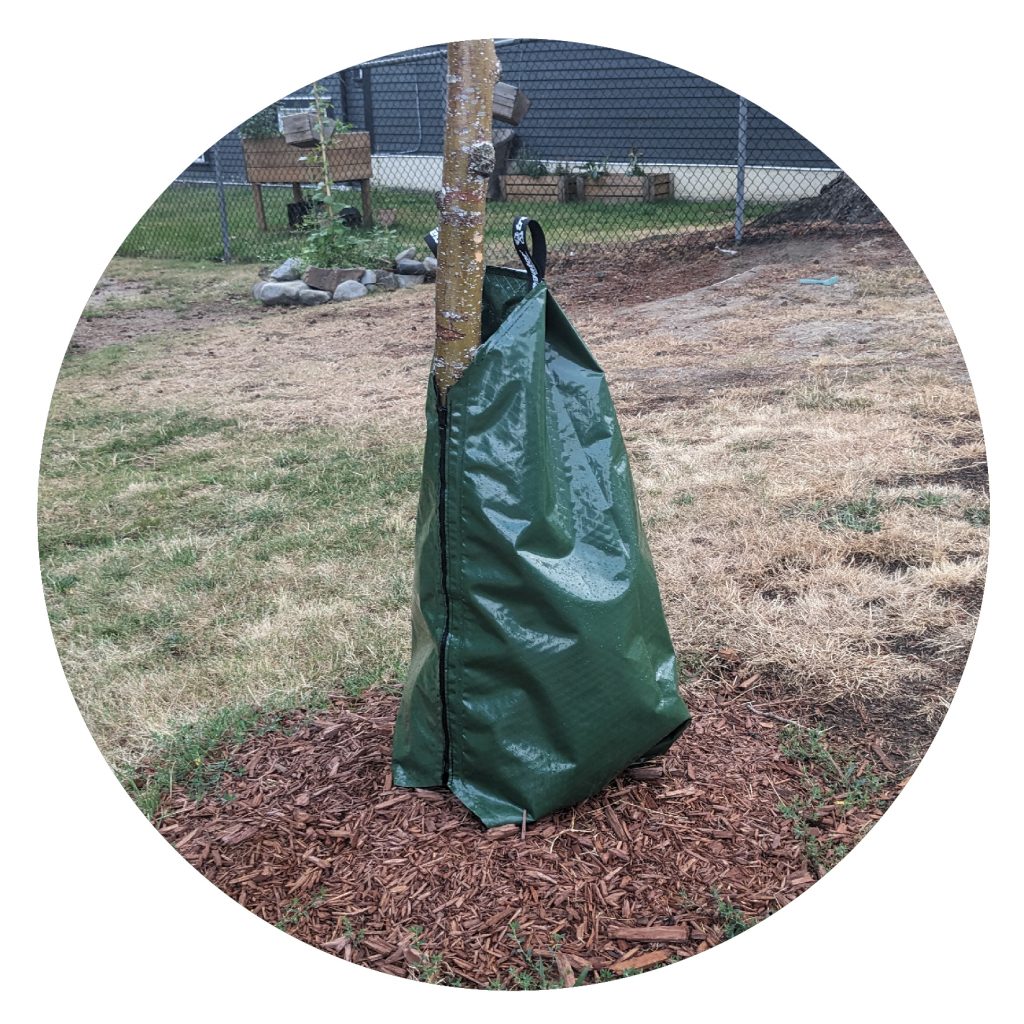The effects of climate change in British Columbia are predicted to increase forest disturbance by drought, fire, insects, and disease, as well as cause a loss of estuarine ecosystems. Creating a climate adaptive management strategy will vary from place to place, and are likely to change over time. Adaptation is an effort to reduce the severity of climate change impacts¹. Key considerations and components of adaptation strategies should include; determining action needed to reduce vulnerability, a monitoring program to evaluate success of the strategy, the ability to incorporate new knowledge and an understanding of policy and funding².
The following list is from Urban Forest Climate Adaptation Framework for Metro Vancouver³ (Also refer to section on Trees in the Landscape)
Considerations for tree/plant selection
- Habitat value
- Tolerance (drought, saturation, shade, and pollution)
- Risks (Flammability wind breakage, invasive)
- Soil volume needs
- Suitable location
- Characteristics
Soil considerations
- Minimize soil interfaces (ensure entire root ball is in one soil type)
- Preserve or improve soil quality (protect native soils and limit contamination)
- Minimize competition (for water, nutrients ad light)
- Increase water storage capacity and reduce water loss (protecting native soils and using mulch to reduce water loss)
- Prevent compaction
- Maximize soil volume
Water considerations
- Efficient irrigation (Water bags, water pods, water wells, drip irrigation)
- Passive water harvesting (permeable hardscape, bioswale, raingarden)
- Active water harvesting (cistern, rain barrel, tanks)
- Reduce water demand (drought tolerant plants/trees)
- Maximize permeable surfaces

Water bags are used on younger trees throughout Vancouver
Tree management
- Monitor and care for newly planted trees
- Scheduled pruning
- Protect during construction
- Maintain wind firmness (wind resistance with species, adequate soil, windbreaker with groups of trees)
1. Burch, S. (2010). Transforming barriers into enablers of action on climate change: Insights from three municipal case studies in British Columbia, Canada. Global Environmental Change, 20(2), 287–297. doi:10.1016/j.gloenvcha.2009.11.009
2. Spittlehouse, D. L. (2008). Ministy of Forests and Range Forest Science Program. Climate Change, Impacts, and Adaptation Scenarios: Climate Change and Forest and
Range Management in British Columbia
3. Diamond Head. (2017). Urban Forest Climate Adaptation Framework for Metro Vancouver Tree Species Selection, Planting and Management